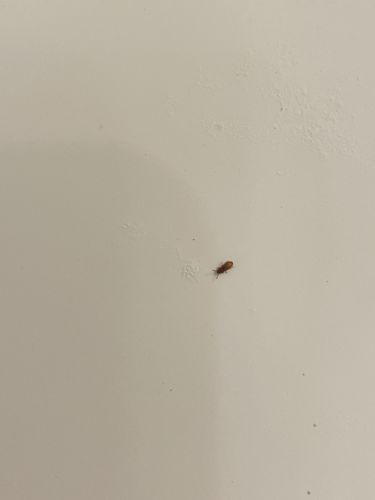Sawtoothed Grain Beetle
Scientific Name: Oryzaephilus surinamensis
Order & Family: Order: Coleoptera, Family: Silvanidae (sometimes classified in Cucujidae)
Size: 2.4 - 3.0 mm (approximately 1/10 to 1/8 inch)

Natural Habitat
They are found worldwide, primarily in human environments where food is stored. This includes pantries, food processing plants, warehouses, and grocery stores. They are common pantry pests.
Diet & Feeding
They primarily feed on stored dry food products such as grains, flours, cereals, pasta, nuts, dried fruit, chocolate, pet food, and spices. They do not feed on whole, unbroken grains but prefer processed grains or those with damaged pericarps.
Behavior Patterns
Sawtoothed grain beetles are highly mobile and can quickly spread within infested products and packages. They prefer dark, undisturbed areas. Females lay eggs singly or in small groups directly on food sources. The larvae and adults are both destructive. They can survive cold temperatures in a quiescent state, but extreme cold will kill them. Their lifecycle from egg to adult can be completed in as little as 20 days under optimal conditions (warm and humid).
Risks & Benefits
Risks: Sawtoothed grain beetles are serious pests of stored food products, causing significant economic damage by contaminating food with their bodies, feces, and cast skins. While they don't transmit diseases to humans or bite, consuming infested food can lead to gastrointestinal upset. Benefits: Minimal known benefits to humans or the ecosystem, primarily considered a pest.
Identified on: 8/13/2025